Source: Top 7 Tools For Front-End Web Development

Reading Time: 5 minutes
Frontend development tools have come a long way in just a few years. With the technological advancements, we can harness the power of highly-tested libraries to improve our workflow and achieve responsive web app design. In addition to this, we can build things together through ever-improving version control systems. From browser plugins to processors that streamline your code, there is more scope for creating awesome web applications.
Let’s watch the Video
Source- https://youtu.be/6A5Z8FavzYg
But, with the number of web app development tools that increase on daily basis, finding the best software to get the job done can sometimes be a daunting task. To help you, we have created a list of essential front-end development tools for you.
1. Sublime Text

It is a first-rate front-end code editor with a well-designed, super-efficient and ultra-fast user interface. There are many tools which do it well, but probably the best (and most popular) is Sublime Text.
Managed by a one-man development team, the secret to Sublime’s success lies in the program’s wide range of keyboard shortcuts, such as the ability to make simultaneous changes (same interactive changes to multiple selected areas) and fast navigation, files, symbols, and lines. And when you spend more than 8 hours with your editor every day, these precious seconds saved for each process really add up.
Read More:- Web App Development Frameworks In 2018
2. Chrome Developer Tools
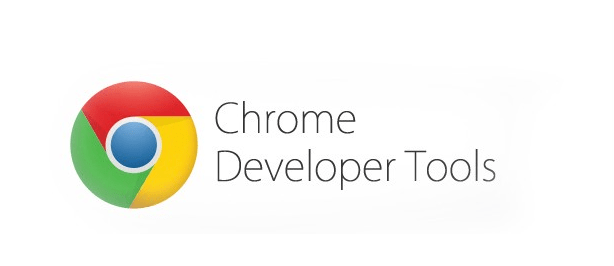
Wouldn’t it be great if you could edit your HTML and CSS in real time, or debug your JavaScript while looking at an in-depth analysis of your website’s performance?
Built-in Google Chrome development tools let you do that. Grouped together and available in Chrome and Safari, they allow developers to access the internal components of their web application. In addition to this, a networking toolset can help you optimize your feeds, while a timeline gives you a better understanding of what the browser is doing at a given time.
Google publishes an update every six weeks. Check out their website and the Google Developers YouTube channel to keep your skills up-to-date.
Must Read: Hire Mobile App Developers on 100% money back guarantee!
3. jQuery
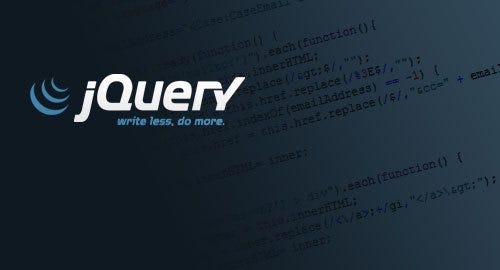
JavaScript has long been considered a key front-end language by developers, although it is not without problems: riddled with browser inconsistencies, its somewhat complicated and inaccessible syntax meant that functionality often suffered.
It was until 2006 when jQuery — a fast, small and multi-platform JavaScript library to simplify the front-end process — appeared on the scene. By ignoring much of the functionality usually left to developers’ discretion, jQuery allowed you to create animations, add plugins, or even navigate documents.
And that’s clearly a success — jQuery was by far the most popular JavaScript library in existence in 20+15, with 65% of the top 10 million sites on the Web installed.
Must Read: You can save upto 60% Cost on Development by Hiring Angular Developers from India.
4. GitHub
It is the worst nightmare of any developer that you are working on a new project feature and getting screwed up. Enter version control systems (VCS) — and more specifically, GitHub.
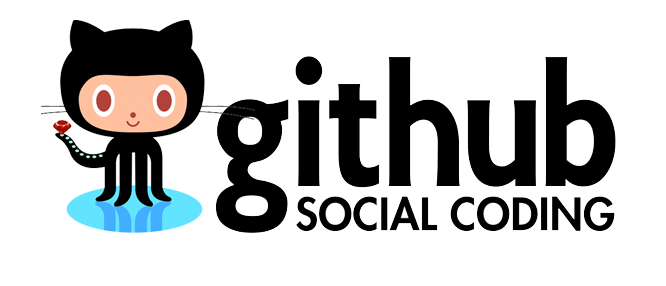
Many employers are looking for finely crafted Git skills, so this is the perfect time to sign up. Plus, it’s a great way to get involved and learn from the best with a wide range of open-source projects to work on.
Also Read: Hire Android App Developers on minimum possible cost!
5. Twitter Bootstrap
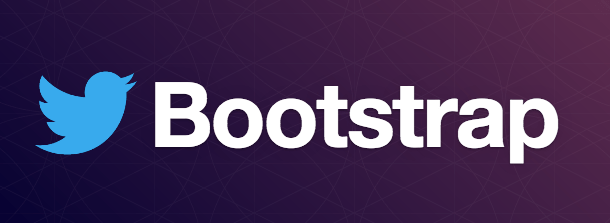
Are you tired of typing in the same style for a container? What about this button that continues to pop up? Once you start creating regular front-end applications, you’ll notice the same trends.
User interface frameworks are an attempt to solve these problems by extracting common elements into reusable modules — which means that developers can build new applications quickly and easily.
The most used of these frameworks is Bootstrap, a complete user interface package developed by the Twitter team. Complete with tools to standardize style sheets, build modal objects, add JavaScript plugins, and a plethora of other features, Bootstrap can dramatically reduce the amount of code (and time) needed to build your project.
6. Angular.js
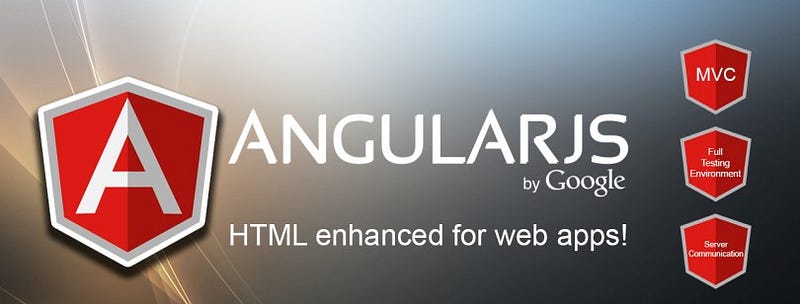
HTML is usually the cornerstone of the front-end developer’s toolbox, but it has what many perceive as a serious flaw: it was not designed to handle dynamic views.
This is where AngularJS, an open-source web application framework, comes in. Developed by Google, AngularJSallows you to extend the HTML syntax of your application, giving an environment more expressive, more readable and faster to develop that could not have been built with HTML alone.
The project is not without criticism: some think that this type of data link creates a messy and non-separate code, but we still think it’s an invaluable skill to have in your front-end development kit.
Must Read: Want to Hire Node.JS Developers on one week free trial?
7. SaSS

Time-saving web development tools are your best friend and one of the first things you’ll learn about the code is that it needs to be SEC (“Do not repeat yourself”). The second thing you will learn is that CSS is not usually very dry.
Enter the world of CSS preprocessor, a tool that will help you write maintainable and durable code while reducing the amount of CSS you need to write (keeping it dry).
Perhaps the most popular among them is SaSS, an eight-year open-source project that has virtually defined the kind of modern CSS preprocessors. Although difficult to understand at first, the combination of Sass variables, nesting and mixins will make CSS simple during compilation, which means your style sheets will be more readable and (especially) DRY.
Wrapping Up:
So, here is some popular frontend web app development tools that both developers and businesses should be well aware of. If you need any further assistance, feel free to contact PixelCrayons: a leading front-end development company in the world.
Leave a comment